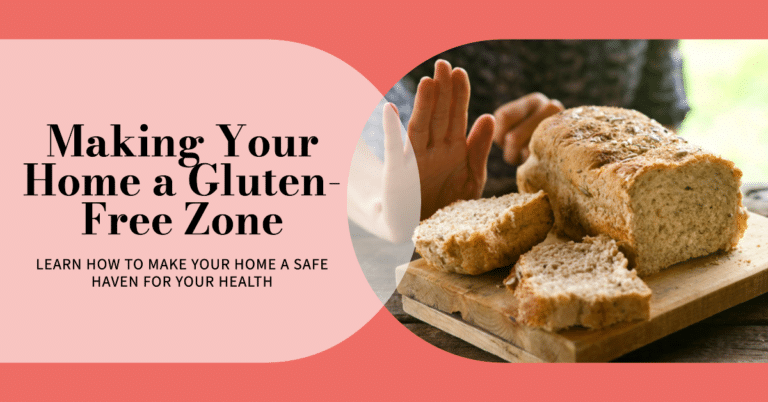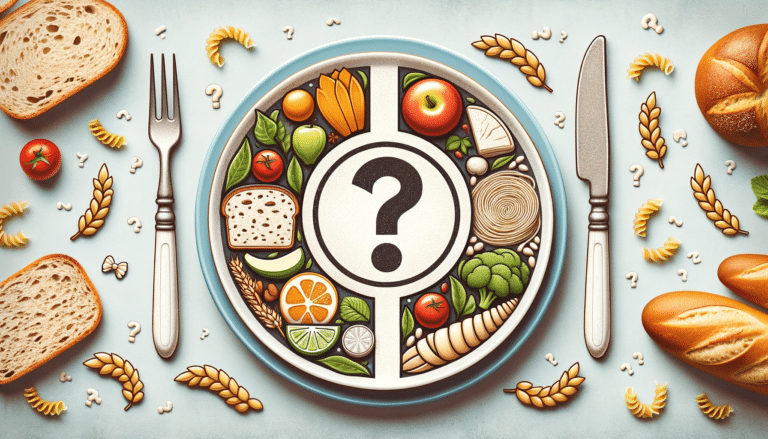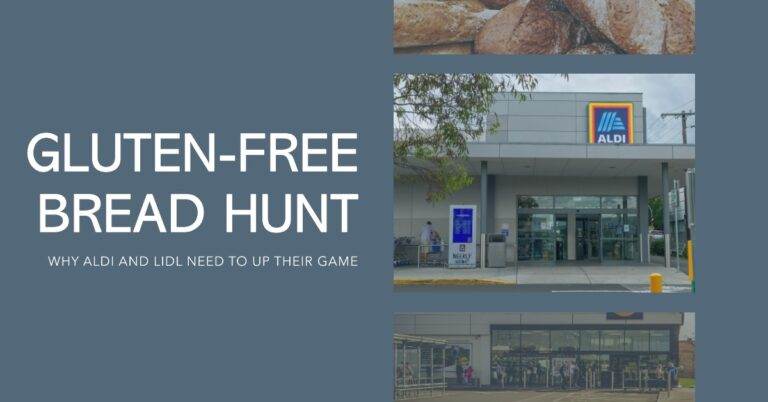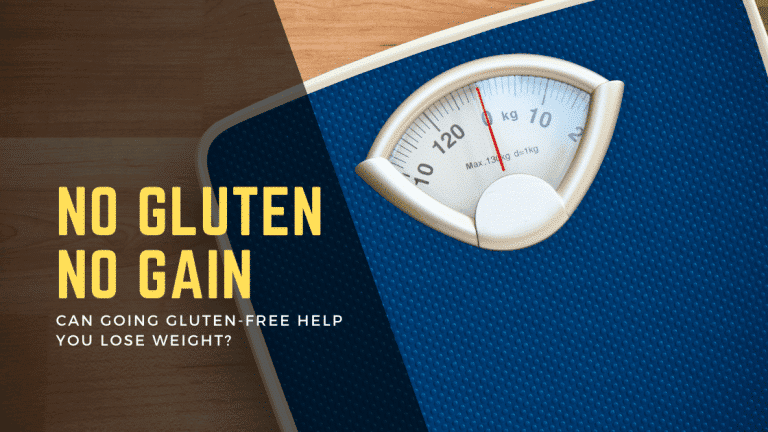Say Goodbye to Guessing Games – How to Know If Something is Gluten Free
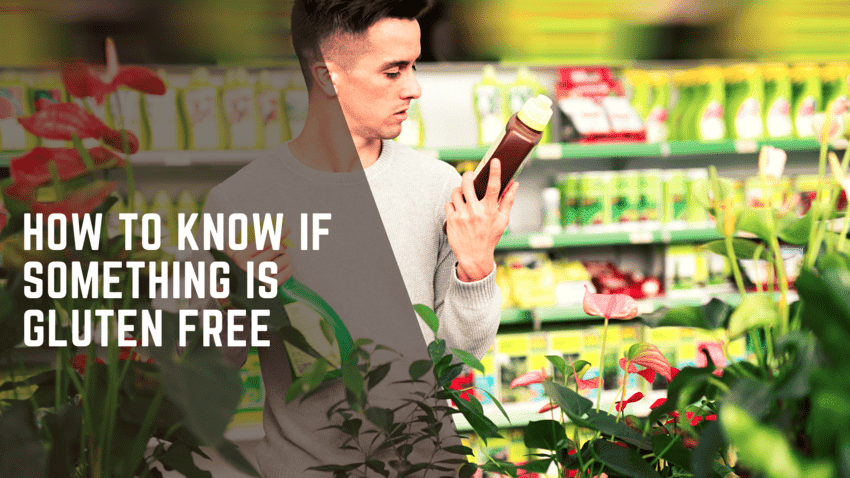
As a celiac, I’m no stranger to how it feels to be overwhelmed by the minefield of gluten-free labels and uncertainty.
It’s exhausting having to analyze every food label before you eat something, just in case there’s even a hint of gluten lurking in your meal.
Thankfully, I’ve now become an expert ‘sniffer-outer’ of hidden sources of gluten, and have picked up a few useful tips and tricks along the way.
If you’re looking for an easy guide on how to know if something is gluten free, then stick around – I’m here to help!
But in case you’re in a hurry, here are some quick pointers:
- Check the ingredients list for wheat, barley, rye, or oats.
- Look for “gluten-free” or “GF” on food labels.
- Take precautions to avoid cross-contamination during food preparation.
- Speak to a dietitian/doctor for help identifying suitable products.
- Contact food manufacturers about production processes to be sure of safe from cross-contamination.
To find out more, simply continue reading!
Why Knowing if Something is Gluten-Free Matters
For most people, it’s pretty easy to avoid gluten-filled foods like white bread, pasta, and donuts.
However, every meal requires intense scrutiny for those who must follow a gluten-free diet due to celiac disease or other medical conditions.
Knowing if something is gluten-free is essential for these individuals; even the tiniest traces of gluten can cause an unpleasant, not to mention potentially harmful, combination of symptoms.
Thankfully, food manufacturers are devoting more attention to clear labeling so that the millions of people who must eat gluten-free will not have to guess what’s in their food.
So if you see ‘gluten-free’ on a label, thank whichever higher power you believe in – it very well could save someone from a world of hurt!
Understanding Food Labels: What You Need To Look For
With food sensitivities, allergens, and other dietary requirements on the rise, it’s more important than ever to understand food labels. If you need to eat gluten-free, learning to read food labels is essential for keeping yourself healthy and safe.
Gluten is a protein found in some grains like wheat and barley, so the best way to navigate food labels if you need to avoid gluten is to look for keywords such as “wheat,” “barley,” and even “oats” as they can quite often have gluten contamination.
You should also look out for wheat derivatives, such as spelt or kamut – you’ll find these listed further down in the ingredient list.
Food packaging should also include an allergy information label if they contain any of the 14 common allergens, which include gluten, so be sure to check this section every time you go shopping!
The good news is that most allergens, including ingredients containing gluten, will be listed in bold and/or capitalized text on food labels.
Always check the label carefully and read it thoroughly, even if you think you already know what’s in the product! It’s always better to double-check than risk an unpleasant reaction.
Identifying Potential Sources of Contamination and Cross Contact
For those living with a gluten-free diet, safeguarding against potential sources of contamination can be daunting.
Beyond the obvious suspects, like bread and pasta, there are countless hidden sources of potential cross-contact.
For instance, many sauces and condiments contain hidden gluten that doesn’t seem evident at first glance. So it’s well worth double-checking the ingredient lists of products, as it’s better to be safe than sorry.
It’s also crucial to watch out for shared utensils used with gluten-containing food, as even the slightest bit of gluten can lead to a reaction.
The best way to protect yourself against these sneaky dangers is to educate yourself by reading labels meticulously and staying in touch with the latest advances in food production for those on strict diets.
Understand what ingredients contribute to potential cross-contact, and you’ll be able to reduce your risk of getting sick without taking away from your eating experiences.
Reading Ingredient Lists to Ensure Accuracy and Avoid Surprises
Reading ingredient lists has become a science for me since I adopted a gluten-free lifestyle! While that may sound like an exaggeration, it’s the truth; missing just one tiny allergen in my food can set off days of misery.
Manufacturers can change their ingredients without warning – you don’t want to end up with any surprises! But if there’s one thing I’ve learned, deciphering those long labels can make all the difference.
So don’t be afraid to take the time to scrutinize them thoroughly – you might save yourself a few stomach aches in the long run!
Tips for Finding Gluten-Free Options When Eating Out
Going out for a meal should never be an ordeal, but trying to find gluten-free options when attending a restaurant can often make the whole thing feel like a chore. Thankfully, there are some reliable tips you can use to make it easier.
- Research the menu online before going to the restaurant.
- Call ahead and speak to a chef about what gluten-free options are available.
- Ask your server for advice on which dishes can be modified to be gluten-free friendly.
- Don’t feel afraid or embarrassed to ask questions – servers should understand that you’re trying to take precautions with food safety and allergies.
- Choose naturally gluten-free dishes; vegetables, fish, meat, and unprocessed starches like potatoes or rice.
- Look out for sauces such as soy sauce – many often contain wheat flour!
- Double-check condiments like salad dressings and even breadcrumbs, as these may also contain hidden sources of gluten.
Ultimately, going out for a meal can be enjoyable as well as safe if you remember these simple tips before heading out!
Final Thoughts
As you can see, understanding food labels and knowing which products are gluten-free is not as difficult as it may seem. With a few simple tips, you can avoid the guesswork and ensure you get only safe and healthy food.
The best way to know if something is gluten-free is to look for the GF label or contact the manufacturer directly. And of course don’t be afraid to ask questions when you’re eating out to be certain the food you’re ordering won’t cause you any problems!
Disclaimer: This content is based on my personal experience as an individual diagnosed with celiac disease and IBS (Irritable Bowel Syndrome) who follows a strict gluten-free diet. This does not constitute medical advice. Please consult a medical professional, nutritionist, or qualified dietitian for personalized, professional advice.


